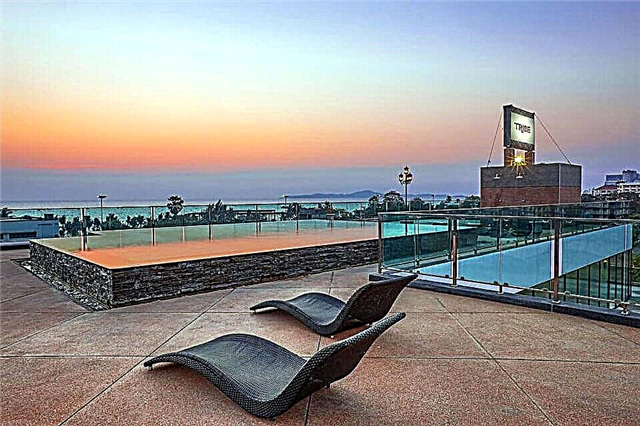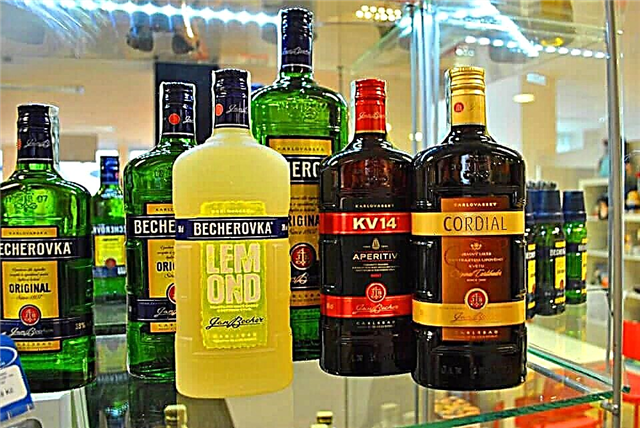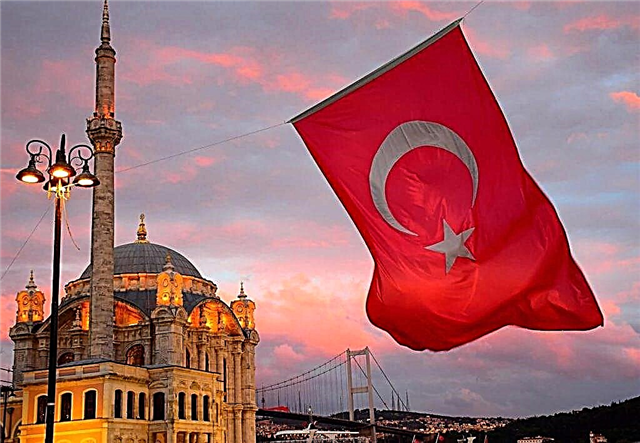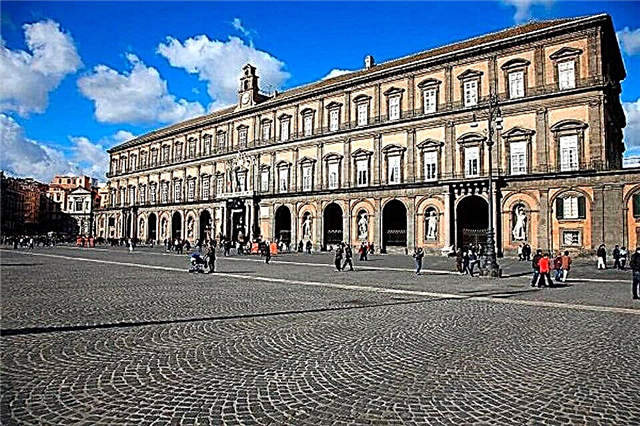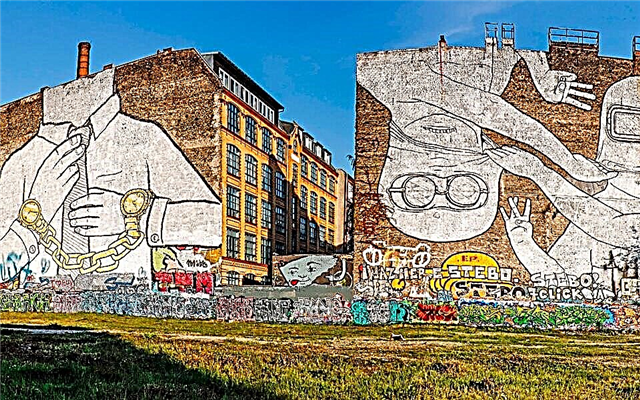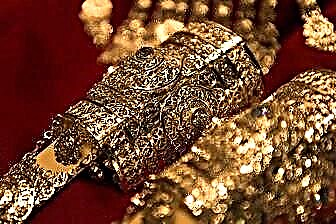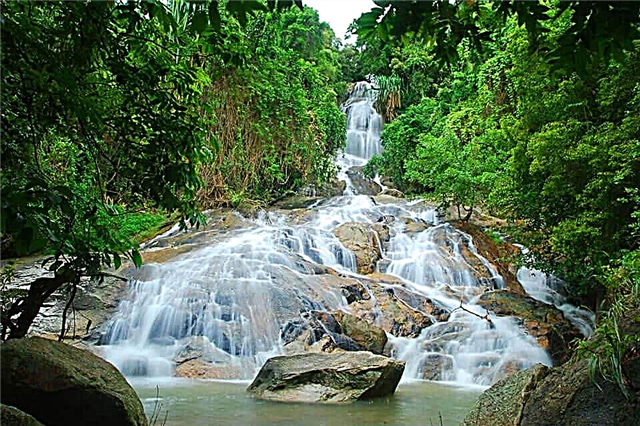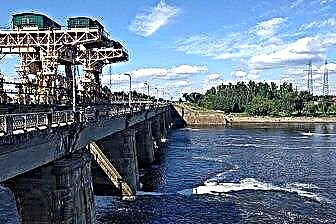Dubna is a city in the Moscow region that has had this status since 1956. During this time, the area became known as a center for rocket science and the study of nuclear physics. The science city has presented the country and the world with many discoveries. In honor of these pages of history, the Museum of the History of Science and Technology of JINR, as well as the Museum of the History of the Creation of Cruise Missiles were opened.
Nature is the second reason for tourists to come here. Rest on the Ivankovskoye reservoir in the warm season will leave pleasant impressions. Still under Dubna there is the only ginseng plantation in the region. Here you can buy not only the roots of the plant, but also tinctures based on it.

The best hotels and hotels at affordable prices.
from 500 rubles / day
What to see and where to go in Dubna?
The most interesting and beautiful places for walking. Photos and a short description.
D. I. Mendeleev Embankment
The historic city embankment received its current name in honor of the 175th anniversary of the birth of Mendeleev. The memorial plaque was installed at the same time. The embankment is a place for relaxation and walking. A sandy beach is available in summer. There is a descent to the water, but it needs reconstruction. Trees are planted on the coast. A large playground has been built. The lighting along the entire length of the embankment was renewed not so long ago.

Memory alley
A stone with a memorial plaque was installed at the beginning of the alley. It contains the names of soldiers who died in military conflicts. The alley goes to the Volga coast. The main object of the memorial is the snow-white rotunda. It was inaugurated in 2000. Flowerbeds stretch along the central part of the alley. IL-2 stands on a pedestal nearby. The last time he ascended into the sky in 1943, and became a monument in our century.

Monument to V. Lenin
Installed in 1937 on the coast. The second largest monument to Lenin in the world. The height of the monument is 25 meters, including the pedestal - 37 meters. Weight is about 540 tons, sculptor S. Merkurov. On the contrary - the pier "Big Volga". A sculpture of Stalin stood here for a short time. After the exposure of the personality cult, she was removed. The monument has the regional status of a cultural heritage site.

JINR Museum of the History of Science and Technology
Opened since 1993. There are three halls for the museum. The main exposition occupies the first hall, the second is reserved for temporary exhibitions, and the third is an office for employees. During the excursion, tourists will learn about the history of the development of nuclear physics in the country, get acquainted with unique archival photographs, and have access to audio materials. The museum has a library with scientific books and magazines.

Museum of the history of the creation of cruise missiles
Has been working since 2016. The main exhibits are missile models. They are comparable in size to the originals and are made taking into account even small details. During the excursion, tourists will be told about the history of factories and the people who were behind the inventions of rockets and their production. The museum supports all-Russian educational programs, makes excursions for different age groups and participates in the "Night at the Museum" campaign.

Museum of Archeology and Local Lore
Opened since 1994. Before that, it took 15 years to compile the collection. The museum began with one room. Now he has at his disposal several halls for the permanent exhibition and a storage facility. The sections cover important events in the history of Dubna, for example, the construction of the Moscow Canal. Attention is also paid to rocketry. The archaeological part of the museum displays furniture, coins, ceramics and sculptures.

Temple of Praise of the Most Holy Theotokos
In the 20s of the XIX century, the first wooden church burned down from a lightning strike. The utensils and icons were saved. A year later, a stone building was erected. There was a parish school at the church, later they added a border and a bell tower. The church was ravaged after the revolution, crosses and bells were thrown down, icons were burned. The premises were given for a workshop for the repair of agricultural machinery. The temple was returned to believers in the 80s, services are being conducted to this day.

Temple of the Smolensk Icon of the Mother of God
Created in the 90s of the last century. A wooden church in the Russian style stands among centuries-old pines. The building is part of the complex. Other notable objects are the baptismal in the name of Blessed Xenia of Petersburg, ornate gates crowned with a small tower, and two wooden crosses. On one of the crosses there is an imprint about the temple, and the other is installed in memory of the liquidators of the consequences of the accident at the Chernobyl nuclear power plant.

House of Culture "Mir"
Built in 1954 and located on Vysotsky Alley. In addition to the venue for live concerts, the House of Culture has exhibition areas. Since Vladimir Semyonovich performed in Mir, a monument to him was erected not far from the entrance. The capacity of the auditorium is about 700 people. The stage equipment is modern. This allows you to host concerts of musicians and humorous programs.

Monument and alley of Vysotsky
The alley appeared in the city in the 50s of the last century. The name of Vysotsky was given to her in 2003. 5 years later, a monument to Vladimir Semyonovich was erected here. The sculpture by Oleg Yanovsky is made of metal. The artist's son was present at the opening of the monument. The place is picturesque: there is a lot of greenery, and nearby is the House of Culture "Mir", where Vysotsky had a chance to perform several times.

Mosaics by Nadia Leger
The main part of the exhibition is located in the park near the Mir recreation center. A few more exhibits are at the October Palace of Culture. The mosaic works were donated to the USSR in 1972. 20 out of 60 paintings permanently settled in Dubna. On them, in the author's vision of the artist Nadia Leger, people who have contributed to the development of culture and science of the country and the world are captured. Among the "sitters": Plisetskaya, Mayakovsky, Lev Tolstoy.

Monument to Pontecorvo and Dzhelepov
Opened in 2013. V. Sergeev and D. Yarmin were responsible for the project. With the light hand of the sculptors of physics V. Dzhelepov and B. Pontecorvo met on the alley and "froze" during a lively conversation. The composition of the monument reflects the measured life of the science city: outstanding people of science can easily chat on the streets of the city. Both had many accomplishments in their careers. Some of them are still hidden under the "Secret" stamp.

Monument to M.G. Meshcheryakov
Meshcheryakov was the founder and director of the local scientific center. A monument in his honor was erected for the 100th anniversary of the physicist in 2010. The sculptor is M. Saghatelyan. He portrayed Meshcheryakov sitting on a bench, either pondering over a new scientific problem, or observing the fruits of his activity. Located near the House of Culture "Mir", surrounded by other attractions.

Monuments to Il-2 and MiG-25 aircraft
The two planes became monuments at different times. The Il-2 made its last flight in 1943. He was found about 15 years ago, restored and put on a pedestal near the Memory Alley. Local scientists have contributed to the creation of the MiG-25. Therefore, one of the air combat vehicles received a permanent residence permit in the city. "Behind" the aircraft has a park. Thanks to the low pedestal, the MIG-25 can even be touched.

Family recreation park
Located in the right-bank part of the city. The area, including the lake, is about 5 hectares. Here you can spend the whole day doing various interesting things: from walking to shopping. On the territory of the park there is a lighthouse, a cinema, several cafes and restaurants, a large shopping center. Sculptures are installed throughout the park. These are mainly fairy-tale characters. A light and music fountain is installed on the lake.

Giant chair
The place of installation of the art object was the territory at the entrance to the city. The country's largest wooden piece of furniture appeared here in 2005. Chair height - 9 meters. This model has long been produced at the Dubninsk factory.They decided to immortalize the production in such an unusual way. The chair attracts the attention of passers-by and guests of the city. It is also an obligatory part of the tour of the newlyweds, who arrange photo shoots here.

Ginseng plantation
A private farm was opened in the village of Kreva near Dubna. The name "Panax" was not given to him by chance. It translates from Latin as ginseng. This plant has been cultivated here since the 90s of the last century. Tourists are not only shown around the plantation and shown the territory, but also offered to make purchases. Among the products are ginseng root and all kinds of tinctures based on it.

Big Volzhsky lighthouse
Built in the 30s of the last century on the banks of the Moscow Canal. Used to navigate ships in fog. Was the only large river beacon in the area. Doesn't work at the moment. Its location does not allow you to come close or inspect the structure from the inside. A good view of the building is from the Lebyazhye lake. Tourists come here often: around untouched nature, mushroom places and excellent bite.
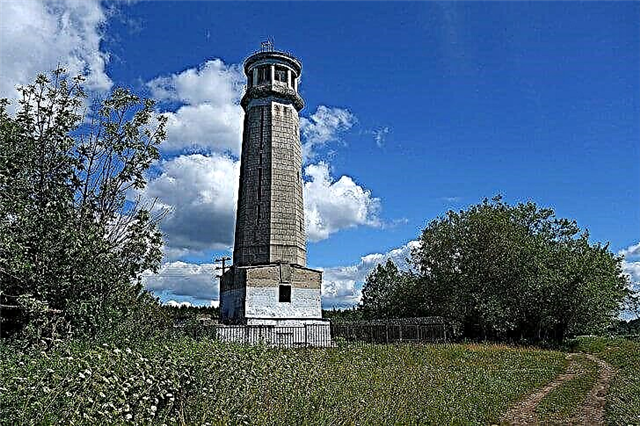
Moscow channel
It was built in the 30s of the XX century. It is famous for the design of its locks and the system of pumps that raise water from the Volga. The channel is navigable. In Dubna, when traveling between the Tula and Moscow regions, tourists use a ferry. The queue for it can be delayed, but the crossing itself lasts about 5 minutes. However, delays do occur due to oncoming barges or other vessels.

Ivankovskoe reservoir and hydroelectric power station
The construction of the hydroelectric power station began in 1933, after a few years it was already fully commissioned. The power of the hydroelectric power station is small, the structure is used practically at the maximum of its capabilities. The resulting reservoir has an area of 316 km². It supplies water not only to Dubna, but also to Moscow. In the warm season, you can meet vacationers and fishermen along the banks of the reservoir.


